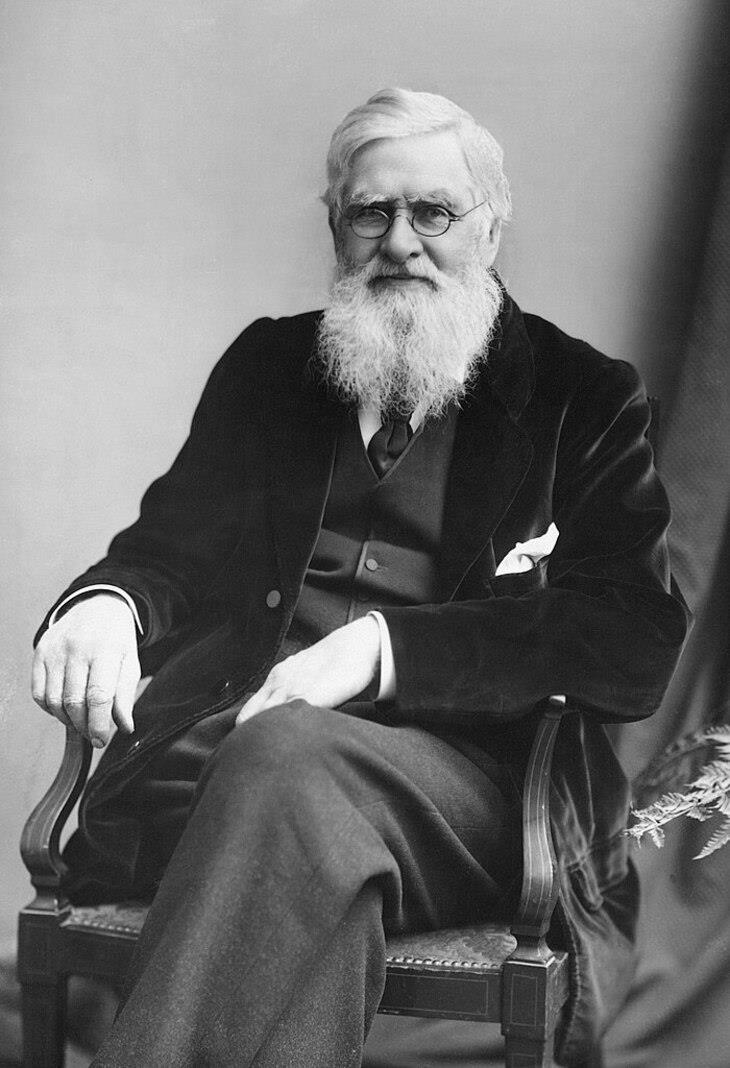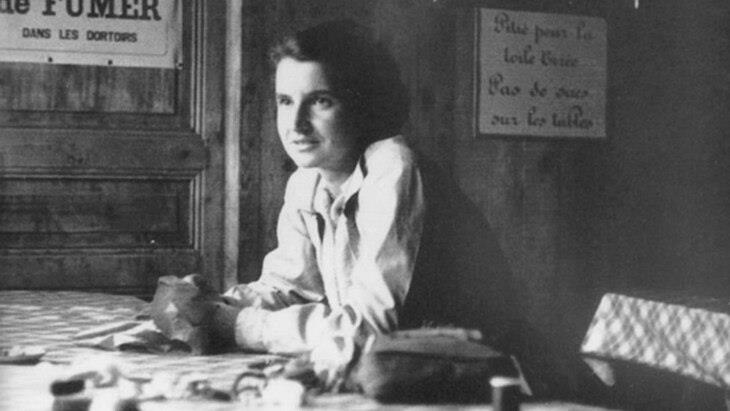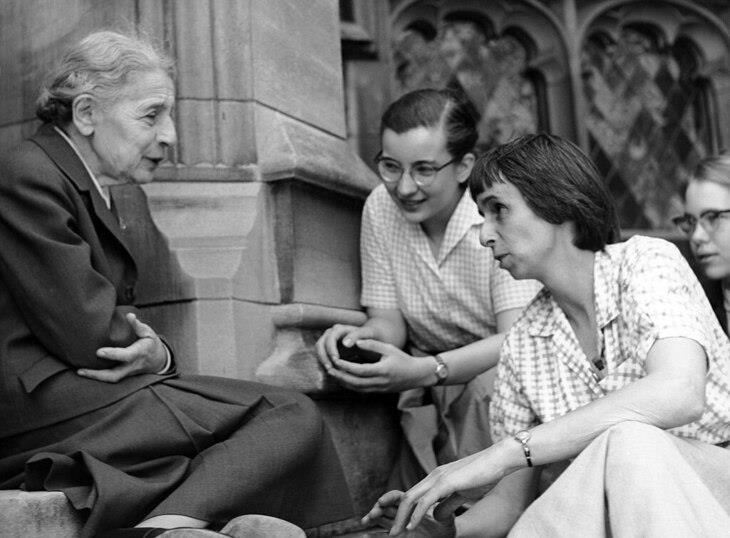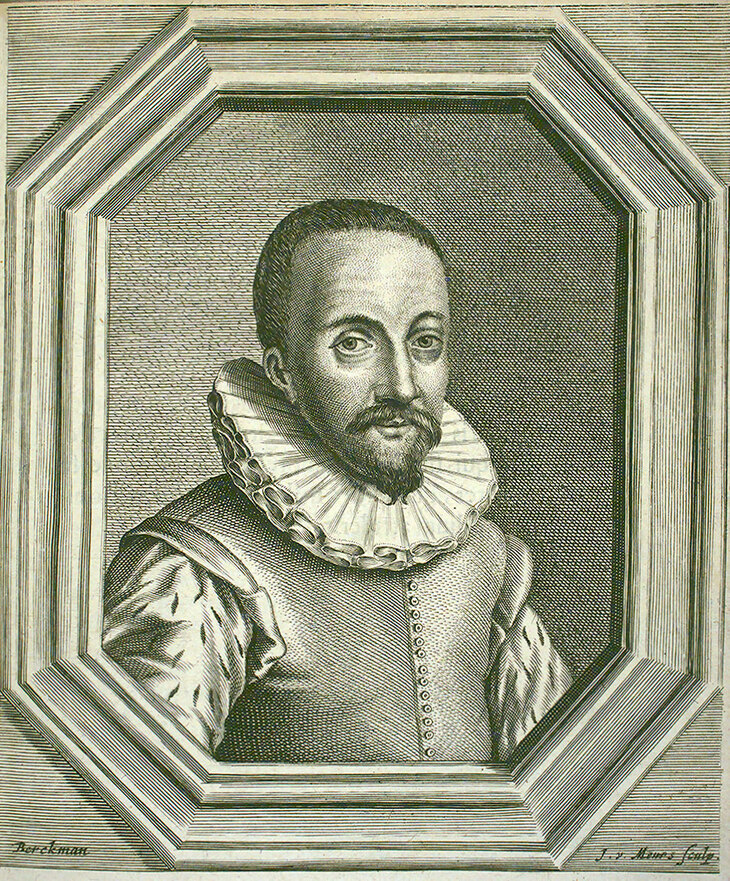The theory of evolution by natural selection is synonymous with Charles Darwin. The term "Darwinism" itself reflects this association. Yet, the foundation for this idea was established by other scientists even before Darwin came into the picture. Alfred Russel Wallace, another naturalist, independently came up with a theory that was very much like Darwin's. He shared his ideas with Darwin, who then collaborated with him to present their findings to the Linnaean Society.
Darwin's subsequent publication, "On the Origin of Species", in 1859, eclipsed Wallace's work, leading to the perception that Darwin is the man behind this theory.
2. Rosalind Franklin – DNA's Unsung Hero
Rosalind Franklin, a British chemist, pioneered a technique using X-ray crystallography to capture images revealing the molecular structure of complex substances. This technique proved instrumental in unlocking the secrets of DNA.
Her lab's work on DNA, including the crucial "Photo 51," provided important data for James Watson, Francis Crick, and Maurice Wilkins. However, controversy arose when these scientists used Franklin's findings without her consent in their research on the double-helix structure of DNA, which later earned them the Nobel Prize in Physiology or Medicine (1962). Tragically, Franklin had passed away in 1958, unable to share in the recognition.
3. Lise Meitner – Revolutionized the Atomic World
Lise Meitner's story exemplifies the challenges faced by brilliant minds back in the day. Pioneering research alongside Otto Hahn and Fritz Strassmann, Meitner became the first woman to hold a physics professorship in Germany in 1926. However, with Hitler's rise to power, her Jewish heritage forced her to flee Austria for Sweden in 1938, where she became a citizen.
Despite this exile, Meitner remained vital to the team's work. Even though they were far apart, she worked together with Hahn and Strassmann through letters, contributing to their groundbreaking discovery of nuclear fission in December 1938. Though Meitner acknowledged Hahn's deserving Nobel Prize win, the full story emerged decades later. Declassified Nobel Committee documents revealed Meitner's overlooked contributions. Not only had the committee misunderstood her role, but she received more nominations than Hahn. Interestingly, Hahn himself seemed aware of the injustice, nominating Meitner for the Nobel Prize several times afterwards, but recognition ultimately eluded her.
4. Chien-Shiung Wu - "The First Lady of Physics"
Chien-Shiung Wu, fondly called "The First Lady of Physics", was a key figure in the Manhattan Project, the highly classified U.S. initiative aimed at creating nuclear weapons. Although the moral implications of the project are still subject to discussion, it undeniably drew the world's foremost scientists because of its revolutionary scientific achievements.
Wu went on to carry out research that challenged a fundamental law of physics: the law of parity. This principle essentially suggests that particles that are their mirror images act in the same manner. Wu's research showed that these particles could act differently, a discovery that greatly influenced the creation of the Standard Model of Particle Physics. Her significant contributions, however, were overlooked, and, the Nobel Prize in Physics was given to her male colleagues in 1957.
5. Hans Lippershey – The Inventor of the First Telescope
Hans Lippershey, a German-Dutch spectacle maker (born around 1570), is most credited with the invention of the telescope, although the exact origin is debated. Around 1608, he filed for a patent for a device that magnified distant objects. While his design was likely basic, it sparked a scientific revolution.
Soon after, many others built upon his idea, with Galileo Galilei being one of the most influential. Even though he didn't get complete recognition, Lippershey's invention had a lasting impact on how we view the cosmos.
6. Vera Rubin - Founder of the First Direct Evidence for Dark Matter
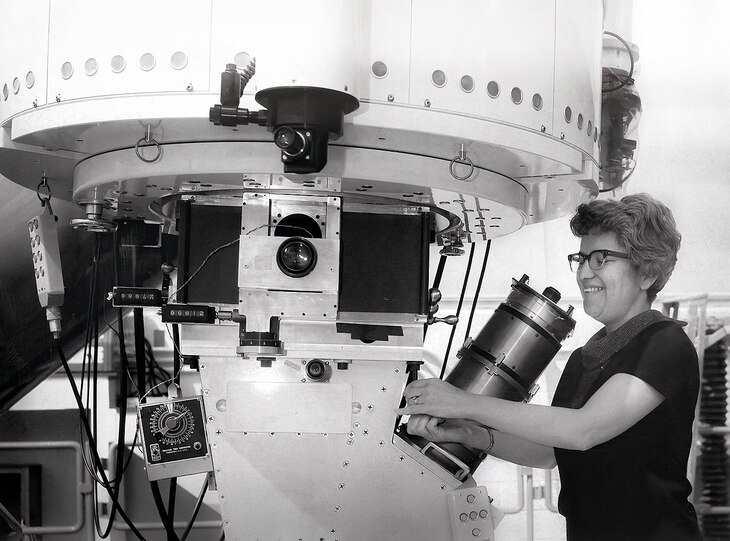
From a young age, Vera Rubin was captivated by the mysteries of the universe, spending hours tracking the paths of stars from her bedroom window. This early interest grew into a deep-seated passion for studying astronomy.
However, in the 1940s, she encountered a major setback when she was denied entry into Princeton's astronomy department, which did not even consider her for course materials. Despite this disappointment, Rubin was determined to follow her passion and sought opportunities elsewhere.
Among her most significant research efforts, she uncovered a puzzling observation: stars near the edges of spiral galaxies rotated as rapidly as stars near the center, where gravity's pull is stronger. This observation challenged conventional wisdom. From what could be observed, these galaxies shouldn't be able to retain these fast, far-off stars.
Years of observation led to a groundbreaking conclusion – the universe is dominated by dark matter, an invisible mass that essentially holds everything together. Recognizing her revolutionary discovery, the National Science Foundation named its newest telescope the Vera C. Rubin Observatory.
Related: History's 8 Overlooked Men You Should Know About
7. Antonio Meucci - The True Inventor of the Telephone
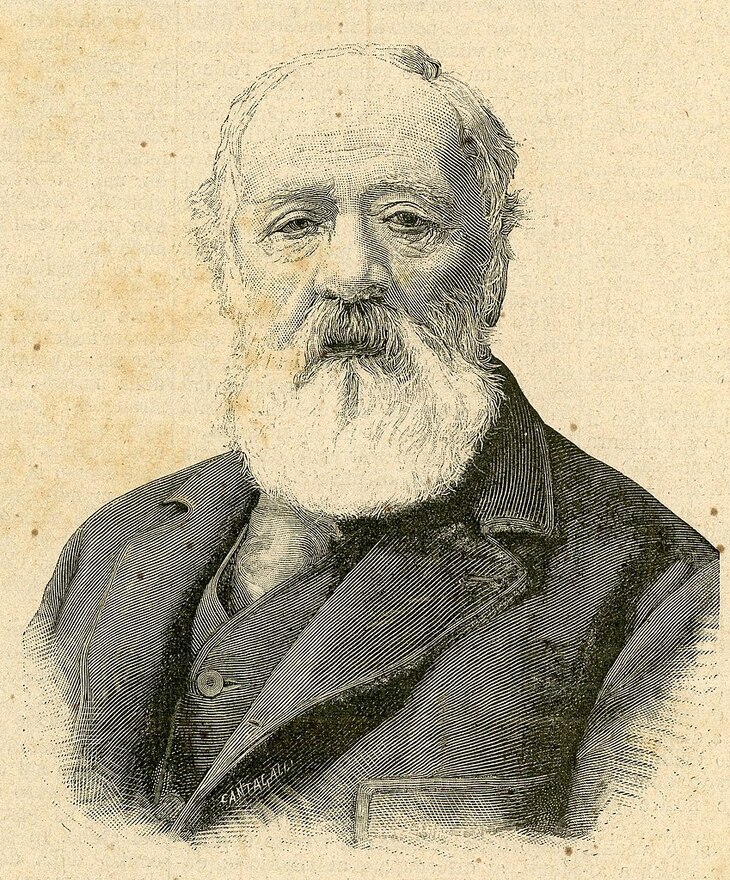
Antonio Meucci was an Italian inventor credited with developing an early version of the telephone. Born in 1808 in Florence, Italy, he began his career as a stage technician before moving to the United States in 1850. At his home in Staten Island, New York, Meucci designed and built the "telettrofono," a device intended to carry voice signals through electrical cables. Sadly, Meucci struggled with financial difficulties and was not able to obtain a patent for his invention.
Despite his important contributions, Meucci's work in the field of voice communication technology is largely overlooked, with Alexander Graham Bell, who later patented the telephone, often more widely recognized.

